Neutrino research in Kamioka and the status of Japanese basic science with large research infrastructures, 11th Ludwig Boltzmann Forum, 20 February 2019
Takaaki Kajita, University of Tokyo, Professor and Director of the Institute for Cosmic Ray Research. Nobel Prize in Physics 2015 for the discovery of neutrino oscillations
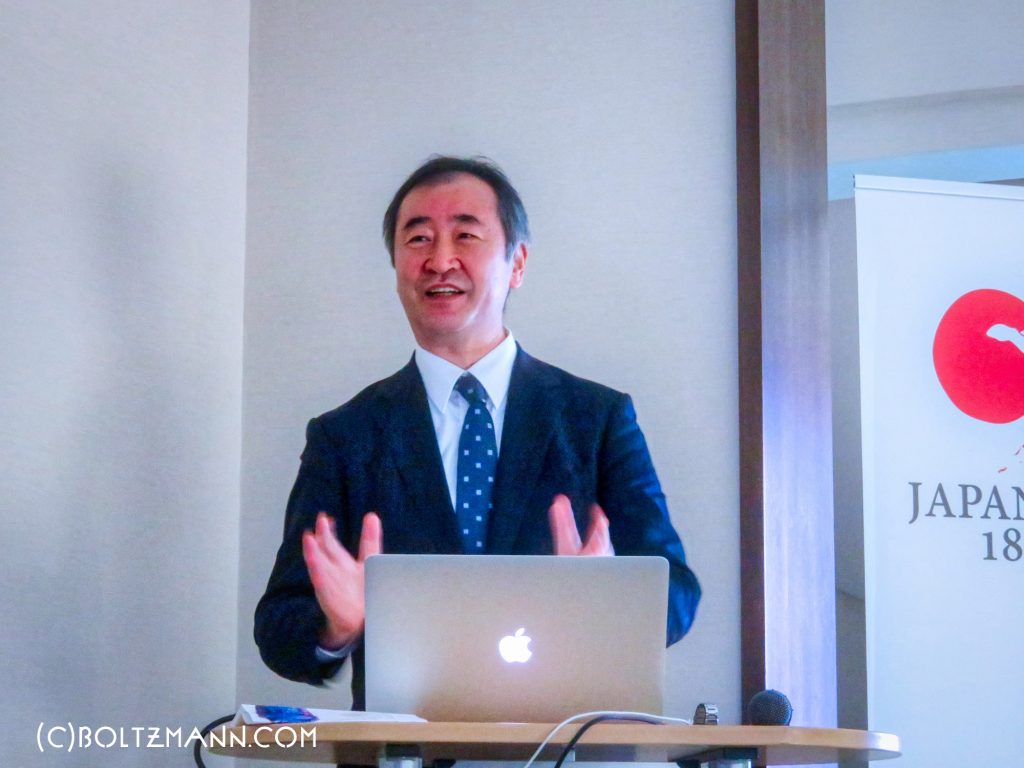
Summary of Professor Takaaki Kajita’s keynote talk written by Gerhard Fasol.
Nobel Prize in Physics 2015 for Takaaki Kajita and Arthur B McDonald
Professor Takaaki Kajita was awarded the 2015 Nobel Prize in Physics for “for the discovery of neutrino oscillations, which shows that neutrinos have mass.” See:
https://www.nobelprize.org/prizes/physics/2015/kajita/facts/
together with Arthur B. McDonald “for the discovery of neutrino oscillations, which shows that neutrinos have mass.” See:
https://www.nobelprize.org/prizes/physics/2015/mcdonald/facts/
What are neutrinos?
Neutrinos are elementary particles such as electrons and quarks, but unlike electrons they have no electric charge. Thus they have very weak interactions with atoms and their nuclei, and have very weak interactions with matter and can pass easily through earth. Neutrinos have been assumed to have no mass.
Neutrinos come in three flavors (= lepton family number, leptonic charge):
- electron-neutrinos
- muon-neutrinos
- tau-neutrinos
Neutrino oscillations
If neutrinos have mass, neutrinos would change their flavor, eg a muon-neutrino would change its flavor to tau-neutrino. The probability of measuring the neutrino in a particular flavor state would oscillate as the neutrino propagates through space.
Neutrino oscillations were predicted by
- Maki, Nakagawa and Sakata, (Z. Maki; M. Nakagawa; S. Sakata (November 1962). “Remarks on the Unified Model of Elementary Particles”. Progress of Theoretical Physics. 28 (5): 870.)
- Bruno Pontecorvo (“Neutrino Experiments and the Problem of Conservation of Leptonic Charge”. Zh. Eksp. Teor. Fiz. 53: 1717–1725. Reproduced and translated in B. Pontecorvo (May 1968). “Neutrino Experiments and the Problem of Conservation of Leptonic Charge”. Sov. Phys. JETP. 26: 984–988.)
How can we detect neutrinos?
Neutrinos only interact very weakly with matter, therefore they are very hard to measure, and neutrino detectors have to be very large. Several different types exist. The Super Kamiokande detector measures the Cherenkov radiation with a large number of photomultipliers emitted when a neutrino creates an electron or muon in water.
Kamiokande: Kamioka nucleon decay experiment
The elementary particles protons and neutrons, which constitute the nuclei of atoms, were thought to have infinite lifetimes. In the 1970s it was predicted that protons and neutrons have finite lifetimes on the order of about 10^30 years.
The Kamiokande experiment was designed in the 1980s to measure proton decay and consists of a 3000 ton water tank, 15.5m diameter and 16m high.
The Kamiokande experiment is located in the Mozumi Mine of the Mitsui Mining and Smelting Co. near Kamioka, Hida in Gifu Prefecture. For details and the 1300 year history of this mine, see:
https://www.mitsui-kinzoku.co.jp/en/nobel/page-01/
The Kamiokande detector achieved a number of important results:
- detection of supernova neutrinos (1987)
- observation of atmospheric neutrino deficit (1988)
- observation of solar neutrinos (1989)
and led to the 2002 Nobel Prize for Masatoshi Koshiba “for pioneering contributions to astrophysics, in particular for the detection of cosmic neutrinos.” See:
https://www.nobelprize.org/prizes/physics/2002/koshiba/facts/
The Super-Kamiokande detector
The Super-Kamiokande detector has about 20 times larger mass than the Kamiokande detector, a 50,000 ton water Cherenkov detector (22,500 ton fiducial volume, “fiducial volume” is that part of the detector space used for the measurements), with 39m diameter and 42m height, located about 1000m underground. The Super-Kamiokande laboratory is a cooperation with about 170 collaborators from 10 countries. For details, see:
http://www-sk.icrr.u-tokyo.ac.jp/sk/index-e.html
You can visually explore the Super-Kamiokande laboratory online here:
http://www-sk.icrr.u-tokyo.ac.jp/panorama/SKXMASS-EN/
Discovery of neutrino oscillations
Experimental evidence for neutrino oscillations obtained at the Super-Kamiokande detector were first reported at the NEUTRINO’98 (XVIII International Conference on Neutrino Physics and Astrophysics in Takayama, Japan June 4-9, 1998).
Solar neutrino oscillations
The solar neutrino problem: the Homestake solar neutrino experiment in the 1960s (B. T. Cleveland; et al. (1998). “Measurement of the Solar Electron Neutrino Flux with the Homestake Chlorine Detector”. Astrophysical Journal. 496 (1): 505–526), and subsequent experiments in the 1980s and 1990s observed solar neutrinos at 1/3 of predicted rates. Later experiments, including experiments at Super-Kamiokande, showed that this apparent deficiency found in the Homestake experiments was due to neutrino oscillations, leading to the 2002 Nobel Prize in Physics for Raymond Davis Jr., Masatoshi Koshiba and Riccardo Giacconi.
https://www.nobelprize.org/prizes/physics/2002/summary/
KamLAND (Kamioka Liquid Scintillator Antineutrino Detector)
KamLAND (Kamioka Liquid Scintillator Antineutrino Detector) is a 1 kiloton liquid scintillator experiment constructed a the location of Kamiokande:
https://www.awa.tohoku.ac.jp/kamland/
Many nuclear power stations are located within a distance of about 180km of KamLAND, enabling the measurement of the energy spectrum of neutrinos from these nuclear reactors, see:
The KamLAND Collaboration, “Constraints on θ13 from A Three-Flavor Oscillation Analysis of Reactor Antineutrinos at KamLAND”, Phys.Rev.D83:052002,2011, https://arxiv.org/abs/1009.4771
Why are neutrinos important?
Neutrino masses are approximately 10 billion (10^10) times smaller than the masses of quarks and charged leptons.
Understanding neutrinos is the key to better understanding elementary particles and the universe.
Present Super-Kamiokande: relic supernova neutrinos
A neutrino burst of 13 seconds length was observed by the Kamiokande II detector on 27 February 1987, see “Observation of a neutrino burst from the supernova SN1987A” , K. Hirata, T. Kajita, M. Koshiba, M. Nakahata, Y. Oyama, N. Sato, A. Suzuki, M. Takita, Y. Totsuka, T. Kifune, T. Suda, K. Takahashi, T. Tanimori, K. Miyano, M. Yamada, E. W. Beier, L. R. Feldscher, S. B. Kim, A. K. Mann, F. M. Newcomer, R. Van, W. Zhang, and B. G. Cortez, Phys. Rev. Lett. 58, 1490 – Published 6 April 1987, https://doi.org/10.1103/PhysRevLett.58.1490
https://journals.aps.org/prl/abstract/10.1103/PhysRevLett.58.1490
The Super-Kamiokande experiment is now waiting for the next supernova neutrinos, no observations so far, and improvements of the detector are under way.
Future neutrino experiments in Kamioka: Hyper-K
The Hyper-K detector will be used to study:
- Neutrino oscillations (CP violation) with J-PARC neutrino beam (1.3MW beam)
- atmospheric neutrino oscillations
- solar neutrino oscillations
- proton decay
- supernova neutrinos, and more
Hyper-K has a diameter of 74m and a height of 60m. The total mass is 0.26 million tons, and the fiducial volume is 0.19 million tons. Construction is planned to begin in 2020, and experiments will begin around 2017. Hyper-K is a cooperation of about 300 people from 15 countries. For details see:
Japanese basic science with large research infrastructures
Before 2000 the Japanese government approved a number of large science projects:
- 12GeV Proton Synchrotron (1971~),
- Nobeyama 45m Radio Telescope (1980~),
- TRISTAN e+e- collider (1981~),
- Large Helical Device (LHD, 1990~),
- Super-Kamiokande (1991~),
- Subaru Telescope (1991~),
- KEK-B (1994~),
- J-PARC (2001~),
- ALMA(2004~), and more
Building new large scale research infrastructure has almost stopped since 2000. Therefore the Science Council of Japan proposed a new program:
- “on the promotion of large scale projects in basic science” (2007)
- the Science Council of Japan established the “Large-scale scientific projects study subcommittee” (2008), with scientific evaluation of the large scientific projects, leading to the Master Plan 2010.
Master Plans of the Science Council of Japan
- 2010: 43 high priority large projects
- 2011: 46 high priority large projects
- 2014: 27 high priority large projects, 192 large projects
- 2017: 28 high priority large projects, 163 large projects
The total budget of Japan’s Ministry of Education, Culture, Sports, Science and Technology (MEXT) for the Large Science Project area has been shrinking over recent years, from around 39 billion yen in 2004 to 32 billion yen in 2017.
Summary
- Experiments at Kamiokande, Super-Kamiokande and KamLAND contribute to neutrino physics and astrophysics
- Hyper-Kamiokande will continue to contribute
- Japan has established a system of a Master Plan and a Roadmap to select and support large science projects now and in the future.
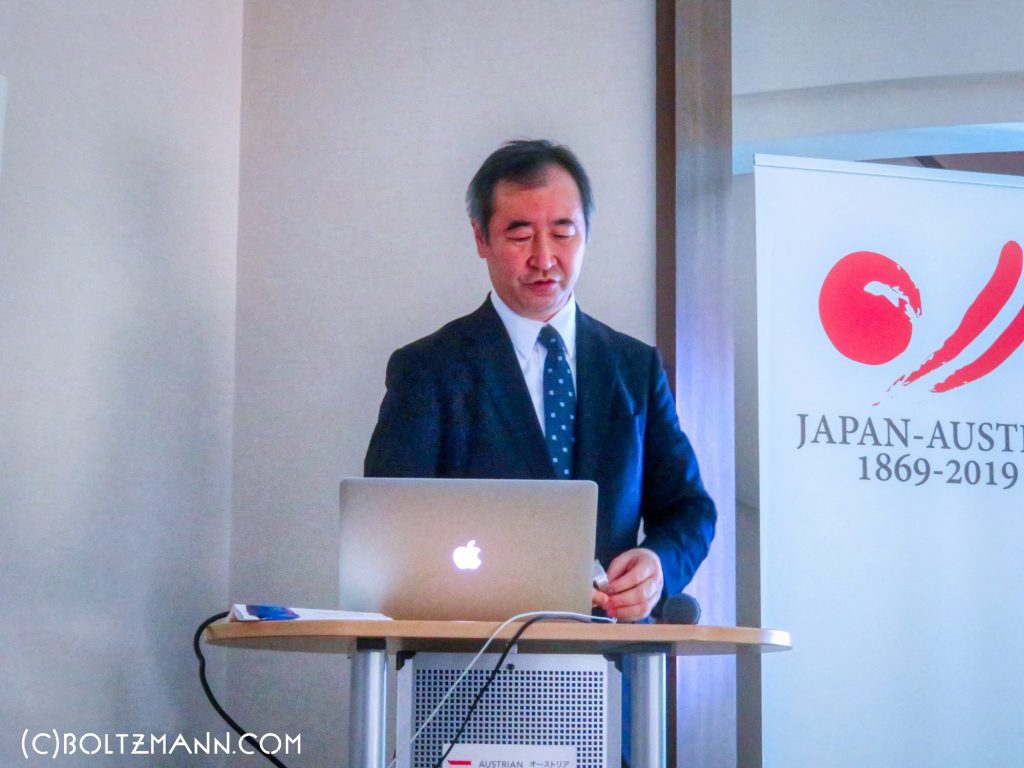
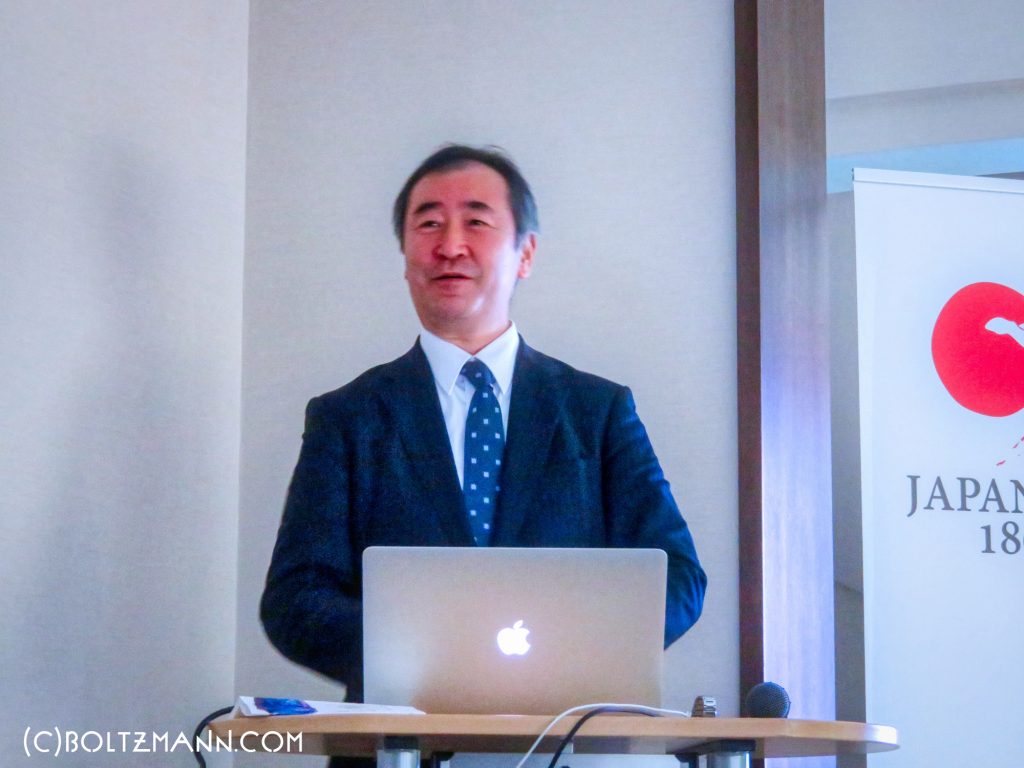
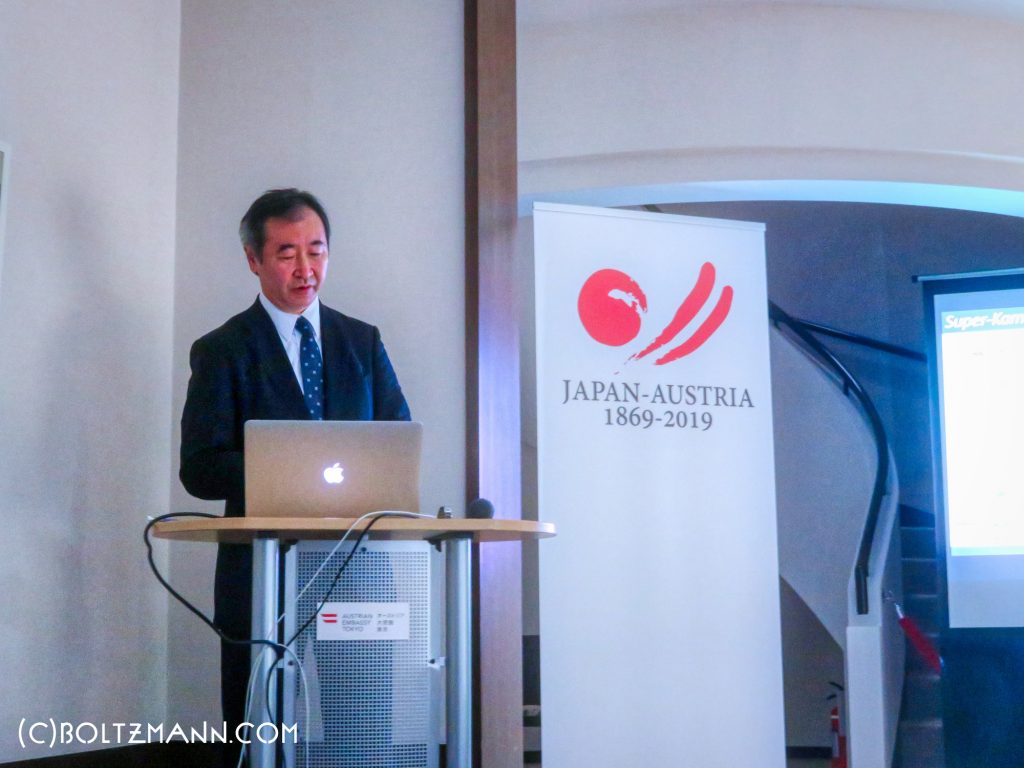
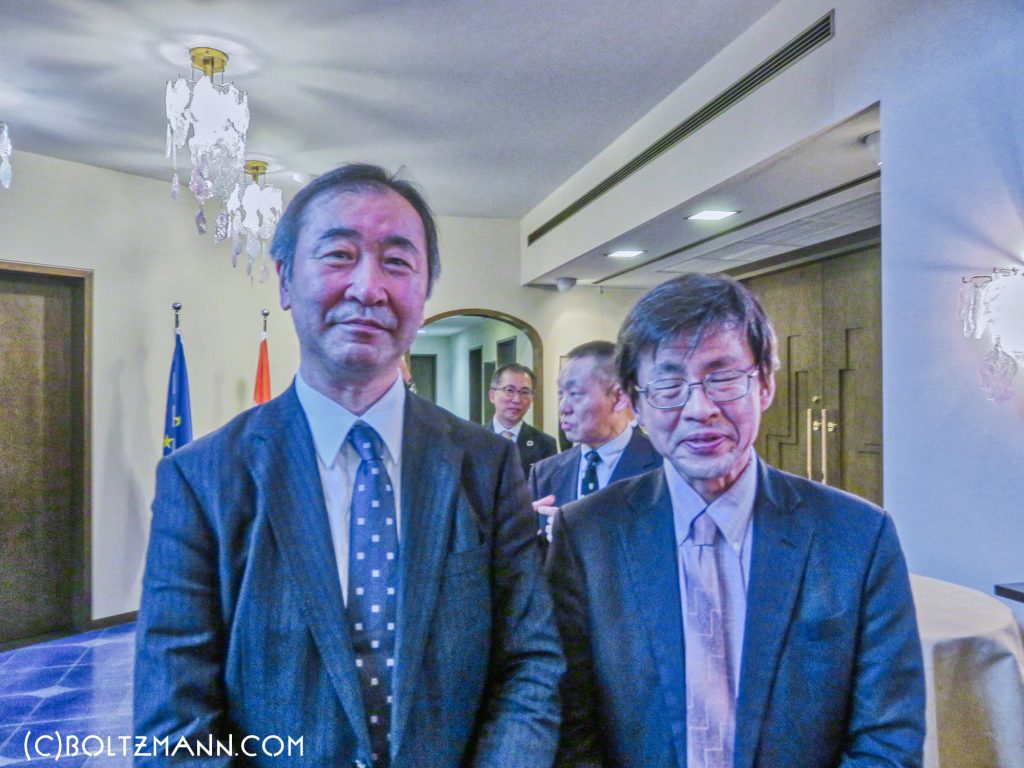
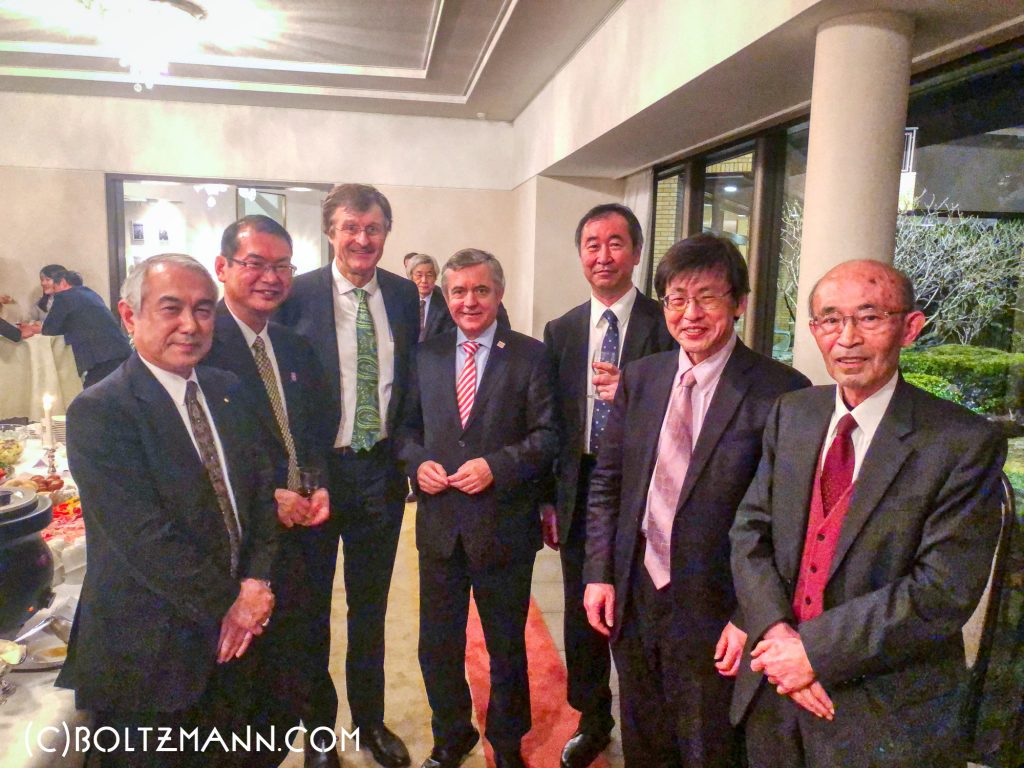
Copyright (c) 2019 Eurotechnology Japan KK All Rights Reserved
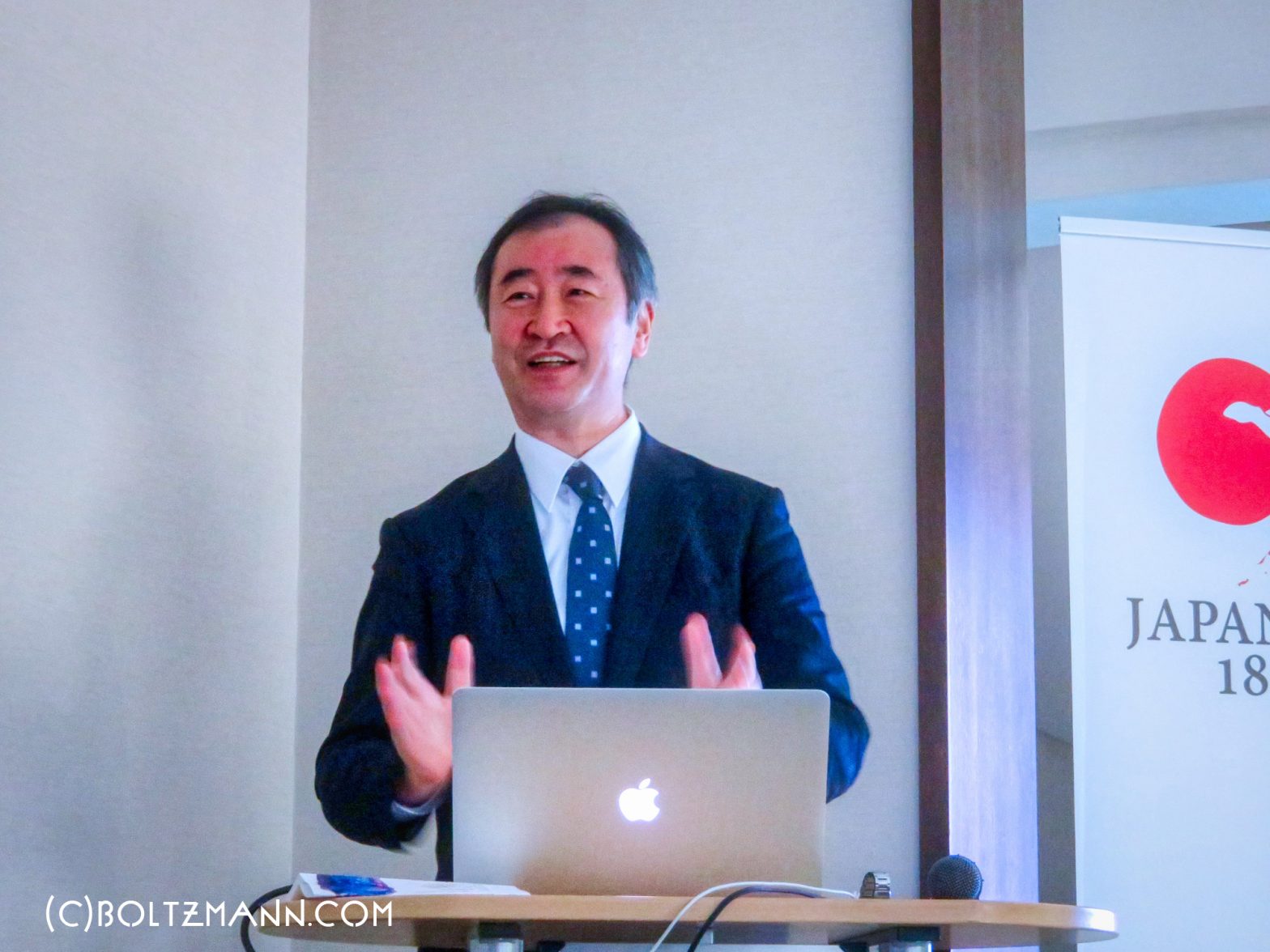
Leave a Reply